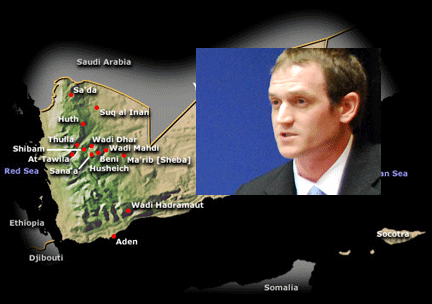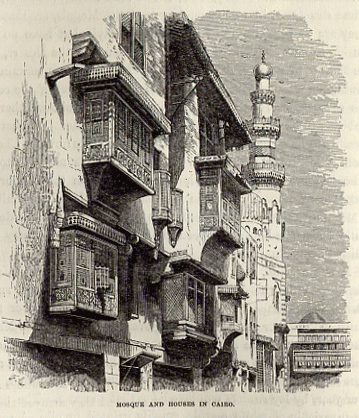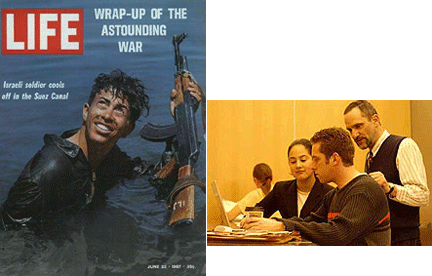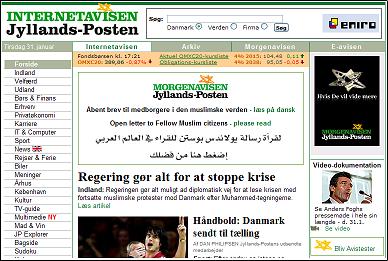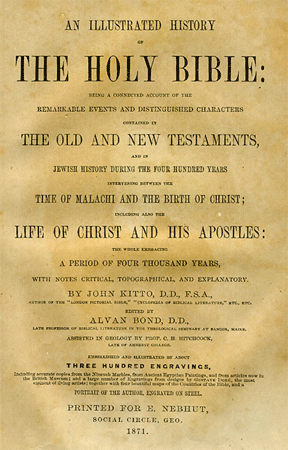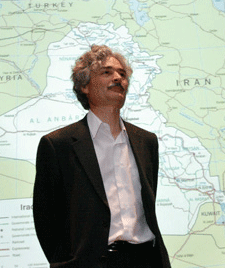
Not since Tammy Faye Baker embroidered Bible verses on her underwear has there been as eye-opening a scriptural scandal as the recent revelation that an American manufacturer routinely engraves Bible verses on U.S. military gun sights. As reported earlier this week, the Michigan-based corporation Trijicon has supplied the gun sights used by American marines to aim at and shoot the Taliban and their sympathizers in Afghanistan. The company may now be in quite a few critics’ sights given the new publicity. The Wikipedia entry already details the controversy. But the main company website has nothing to say. In the detailed descriptions of the gun sights on the website the biblical abbreviations are nowhere in sight. But it does say that “Trijicon self-luminous night sights are proven to give shooters five times greater night fire accuracy- with the same speed as instinctive shooting.” Five times, got it? Try MARK 6:38 (do look this up) and don’t forget the fishes. It may very well be that the procurement officers never noticed the addition of gospel acronyms after the serial numbers, but the company is not shy about its Christian views: “We believe that America is great when its people are good. This goodness has been based on biblical standards throughout our history and we will strive to follow those morals.”
The actual verses are not inscribed, only the chapter and verse in code. It appears that all of the verses are from the New Testament, so at least it cannot be claimed to be a Zionist plot (or perhaps it could be said to be a very clever Zionist plot…). I have no idea how many verses have appeared on the 800,000 units contracted for $660 million by the U.S. Marine Corps. I suspect that MATT 5:44 (do look it up) is not one of them. Perhaps the Sermon on the Mount is not part of what the company defines as “biblical standards.” Continue reading God is my co-sniper
